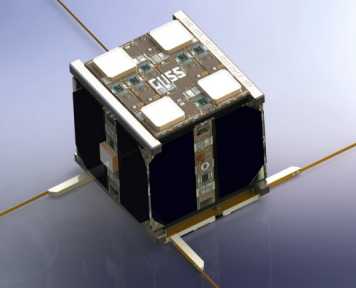MissionOverview

During the last few years, global navigation satellite systems (GNSS) have become a very important tool for satellite missions. In the near future systems like GPS, GLONASS, or Galileo will be indispensable for a wide field of applications:
- GNSS precise positioning and attitude determination in space is essential to most Earth-observation and science missions
- GNSS may be used for time synchronization in space (as demonstrated by the planned external pageACEScall_made mission)
- Various space-based Earth observations are directly based on GNSS, e.g., atmosphere sounding, gravity field determination, early warning systems
The vision
True to the motto small is smart, CubETH aims to demonstrate that all these measurements can be performed with very efficient, small, low-cost and low-power COTS (commercial off-the-shelf) GNSS receivers.
On the long term, an unique position of Switzerland may be established in the field of low-cost GNSS applications in space.
Science objectives
CubETH has a wide range of science objectives:
- Precise orbit determination (POD) for a CubeSat based on single-frequency GNSS in real-time as well as post-processing mode
- Attitude determination for a CubeSat based on single-frequency GNSS observations – proof of concept
- Comparison and combination of GNSS with receivers tracking GPS, GLONASS, QZSS, BeiDou, and Galileo in space.
- First receiver in space tracking 5 different GNSS
- Experimental measurements for tracking navigation satellites below the local horizon for radio occultation; air density estimation during the re-entry phase
- Realization of a prototype satellite for future applications like formation flying of small satellites
